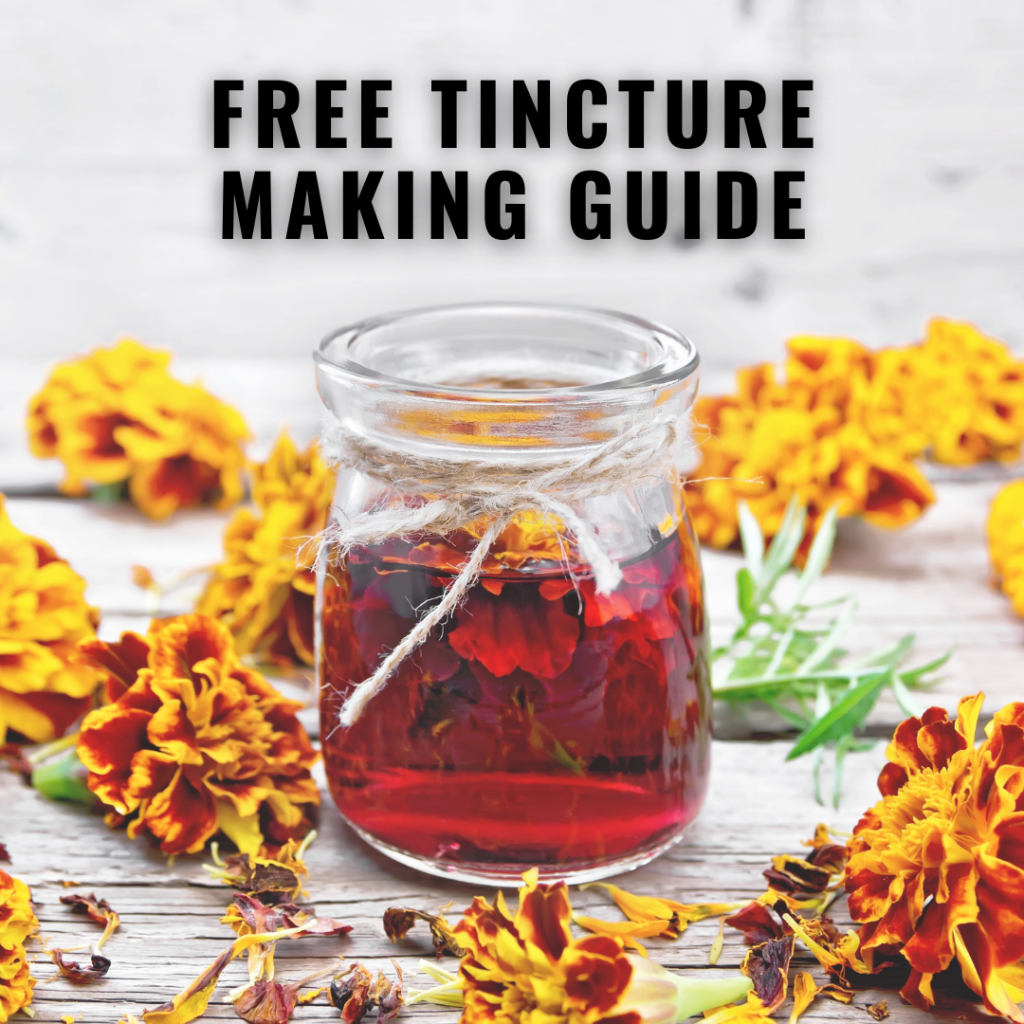One of my homesteading goals for this growing season was to experiment with lacto-fermentation recipes in the kitchen. After discovering Nourishing Traditions, my viewpoint on food has drastically changed and this has trickled down to the food decisions we make.
DISCLOSURE: In order for me to support myself and my herbal clinic, I may receive monetary compensation or other types of remuneration for my endorsement, recommendation, testimonial and/or link to any product or services from this blog. I truly appreciate all the support you have shown my blog and my business and I will only ever recommend products that I use myself, truly love or covet. Many thanks.
What are Fermented Foods
A food is fermented when it undergoes a process known as lacto-fermentation; lactic acid is created when natural bacteria consumes the starch and sugar in food. This process creates loads of probiotics, beneficial enzymes to aid in digestion, b vitamins and Omega-3 fatty acids. In addition this will also preserve whatever you are making.
Fermented foods are delicious, versatile and have been shown to increase overall health:
- probiotics: this introduces beneficial bacteria to your digestive system resulting in a healthy balance of gut flora
- nutrient absorption: in order to properly digest and absorb your food you need healthy levels of probitocs and digestive enzymes, both of which can be accomplished eating fermented foods
Ginger Carrots
This is probably one of my favourite flavour combinations and after my first batch flopped (try and try again) I knew I needed to yank more glorious carrots from the garden and have another go.
The second attempt was much better; the result is a gingery, tangy, zippy and crunchy carrot that is too delicious to pass up.
Supplies
- 500 ml mason jar – wide mouth works best
- A good chopping knife
Optional
Pickle Pebble/Fermentation Weight
I’ve written about how much I love my Pickle Pipes and accompanying fermentation weights many times. While they certainly are not necessary, the make the job fool-proof for me. My first batch of carrots failed because I had a lone carrot float above the brine and go moldy. While some folks say I could have just taken that carrot out and the rest of the batch would be fine… I just don’t chance it with mold. This problem is completely solved with the fermentation weights and the use of the Pickle Pipe means you don’t have to remember to burp your jars.
- 4-5 large carrots washed but unpeeled
- 2 inches ginger sliced into matchsticks
- 2 tsp sea salt
- 1-1/2 cups warm water
- Chop your carrots into matchstick ensuring that they will fit into your jar (leaving enough space for the Pickle Pebble/fermentation weight if you have one).
- Pack your carrots into your jar.

- Slid your ginger matchsticks into the empty spots between carrots.

- Prepare your brine in a measuring cup dissolving the salt in warm water. Pour the salt water over your carrots.
- Using your method of choice, ensure you veggies are submerged. I recommend the Pickle Pebbles but I've seen folks use cabbage leaves, a ziploc bag full of rocks etc.
- Place your Pickle Pipe over your jar (or a simple lid - but remember to burp).
- Allow to ferment for 1-2 weeks at room temperature. Once they are fermented to your satisfaction replace your Pickle Pipe with a regular mason jar lid and store in the fridge.
If you have a dehydrator consider keeping your carrot tops to dehydrate and turn into greens powder. I highly recommend it.
If you like visuals I have a YouTube video about making these awesome ginger carrots. Check it out below.
Enjoy your gingery carrots!
P.S. Please pin for future reference and to share the fermentation love 😉













